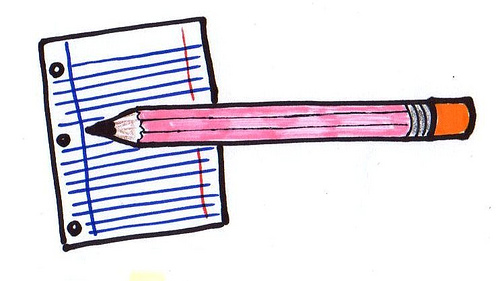
The same means test that is supposed to determine whether you can file Chapter 7 bankruptcy is used to decide what you must pay to creditors in Chapter 13.
The test is not identical, but the principle is the same: use a standardized formula to calculate how much bankruptcy relief is available to this debtor.
Chapter 7 uses official form b-122A to determine if a Chapter 7 filing is an abuse of the bankruptcy process, because the debtor supposedly has income to repay debts. Chapter 13 uses form b-122C to calculate the debtor’s projected monthly disposable income.
Before bankruptcy “reform” in 2005, the debtor’s actual income and reasonable expenses going forward determined what was available to fund the plan. Judges had discretion to decide if an expense was necessary.
The means test now governs whether a proposed Chapter 13 plan meets the “best efforts” test for confirmation.
The alternate confirmation tests is the “best interests of creditors” test. It requires that creditors get at least as much in a Chapter 13 as they would have gotten in a Chapter 7 case.
To be confirmed, a Chapter 13 plan has to provide to unsecured creditors the larger of the two numbers, the income number and the hypothetical liquidation number.
Testing the means test
BAPCPA replaced the discretion that judges used to assess people’s situation with a formula. This formula was supposed to apply to all debtors and their families, and to operate uniformly across the country.
Then, when it turned out that a formula that compares income from the past to expenses in the future didn’t always work, we got the Lanning decision from the Supreme Court.
On the face of it, Lanning was a debtor friendly decision: when the income in the look back period changed going forward, the mechanical means test could be set aside to take into account known or nearly certain changes in a Chapter 13 debtor’s life.
For Ms. Lanning, who got a one time payment at work in the six months before she filed her Chapter 13, the Supreme Court’s decision meant that she wouldn’t have to pay into her plan based on a freak payment that wouldn’t be repeated. Her plan could be based on her actual income going forward.
For debtors whose income situation improves in the post filing world, Lanning lets the court set aside the inconvenient application of the means test as written in favor of looking at real facts.
Differences in Chapter 13
Several items of income and expense are treated differently in Chapter 13.
Child support, while included in income at the front of the form, is deducted later on to determine what goes to creditors.
Mortgage payments that are legally due on houses and cars that will be surrendered are deductible from income in Chapter 7, but not in Chapter 13 if the debtor won’t be paying them going forward.
Payments on pension loans are a deduction from income in Chapter 13, but not in Chapter 7.
There is no logic, there’s just Congress, in this mess.
For all of its illogic and complexity, the means test seldom warps the result. Most people still get significant and necessary relief in bankruptcy.
More
After confirmation of a Chapter 13 plan
Image courtesy of Flickr and Jimmiehomeschoolmom
